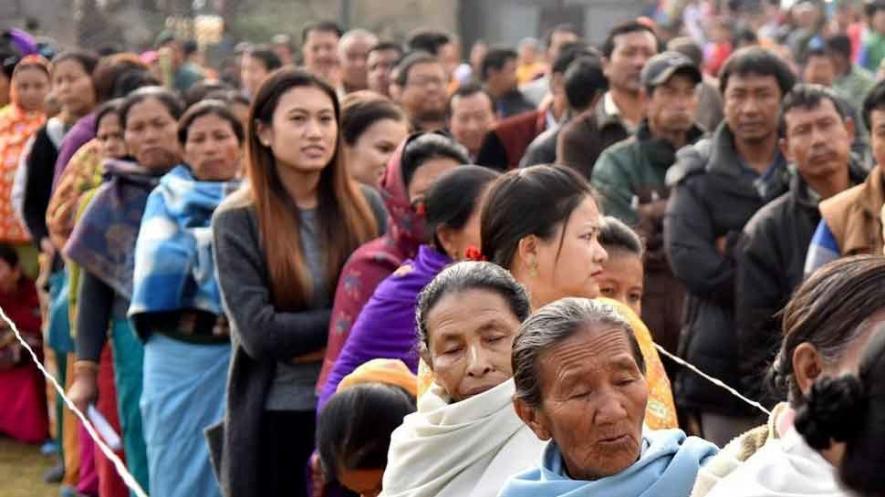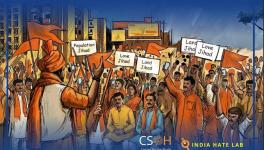A Hung Assembly in Nagaland

Image Courtesy: Zee News
The NPF has the single largest majority among the parties in the fray in Nagaland, however, is neck to neck with the NDPP and BJP alliance, with the NDPP being the senior partner. The result, of course, is a split verdict. The NDPP Chief Ministerial candidate, Neiphiu Rio cannot, however, be discounted. He was singlehandedly responsible for poaching the BJP MLAs twice when he formed the Government under the NPF. There is a high likelihood that he may repeat his past successes but with his former party as the target.
The NPF has an in-principle alliance with the NPP, though the NPP is allied with the BJP in Manipur as well as in Parliament. Putting speculation to rest, Kiren Rijiju has confirmed that the BJP will seek an alliance with the NPF if it fails to cross the halfway mark with the NDPP. TR Zeliang, Chief Minister of Nagaland, reciprocated Rijiju’s overtures stating that it was willing to go for a post-poll alliance with the BJP. However, he ruled out any alliance with the NDPP. Whether Rijiju will stitch the alliance or whether Rio will poach MLAs from his former party is yet to be seen.
Polling has not taken place in all the constituencies in Nagaland due to violent incidents arising out of differences between supporters of rival candidates. However, there has been no involvement of the NNPGs. This raises the third variable in the fractured politics in Nagaland which is the question of the NNPGs and the ‘peace agreement’.
The NSCN(IM) is probably watching the elections with trepidation, considering the peace agreement that hangs in the balance. The armed group has been in negotiations with the Government of India since 1997. Though they had initially supported the call to boycott the elections, they were forced to eat their humble pie since the ECI did not relent. This has also exposed their weakness, namely, their ageing leadership. Their factional brethren, the NSCN(K) abrogated the cease-fire in 2015 and launched the attack on the 6th Dogra Regiment in Manipur. This came after the Assam Rifles had been allegedly harassing their designated camps in violation of the standing cease-fire agreement with the Union Government. The NSCN(K) could end up poaching NSCN(IM) cadres if the weakness of the IM leadership is further exposed. The NSCN(IM) had since the signing of the framework agreement gone on a massive recruitment drive, this was prompted by promises of cadres being inducted into the armed forces once the final agreement is inked. These new recruits have no battle experience unlike those in the NSCN(K) camps and hence would probably get slaughtered if the talks actually do break down and the NSCN(IM) returns to wage its insurgency. The Union Government was probably aware of all these details and thus was able to call Muivah’s bluff.
The big question now is what the future will hold. Forming the government in Nagaland would result in the BJP ruling all the Naga inhabited states – Arunachal Pradesh, Assam, Nagaland and Manipur. This would enable them to force a ‘peace-plan’ on all the parties involved. However, the reality is that the BJP is still going to be a ‘junior’ partner in the Nagaland government, and it probably will not have a very strong bargaining position in the government, let alone the assembly.
Get the latest reports & analysis with people's perspective on Protests, movements & deep analytical videos, discussions of the current affairs in your Telegram app. Subscribe to NewsClick's Telegram channel & get Real-Time updates on stories, as they get published on our website.























